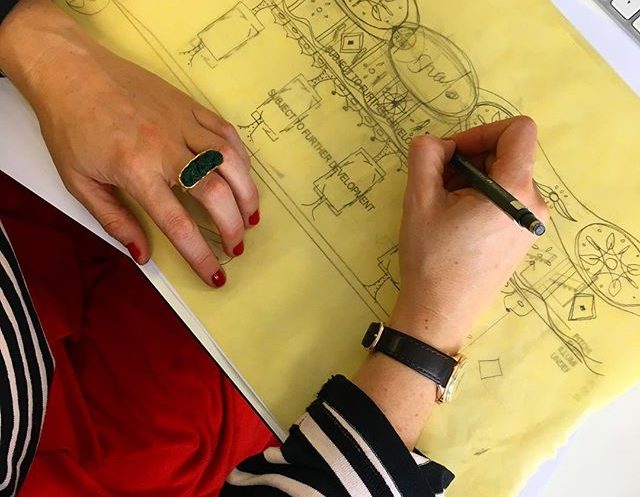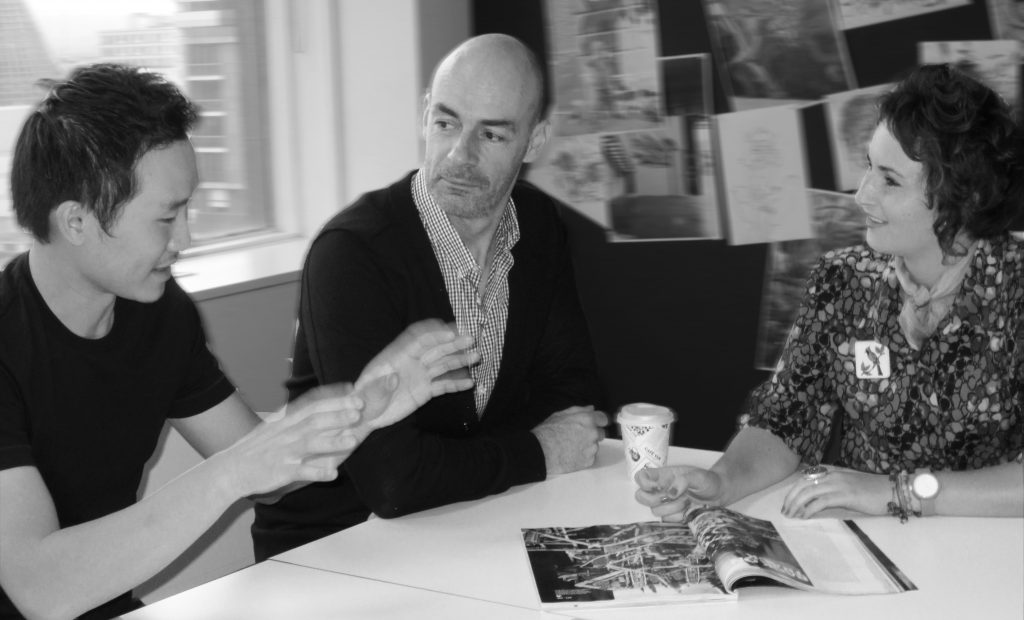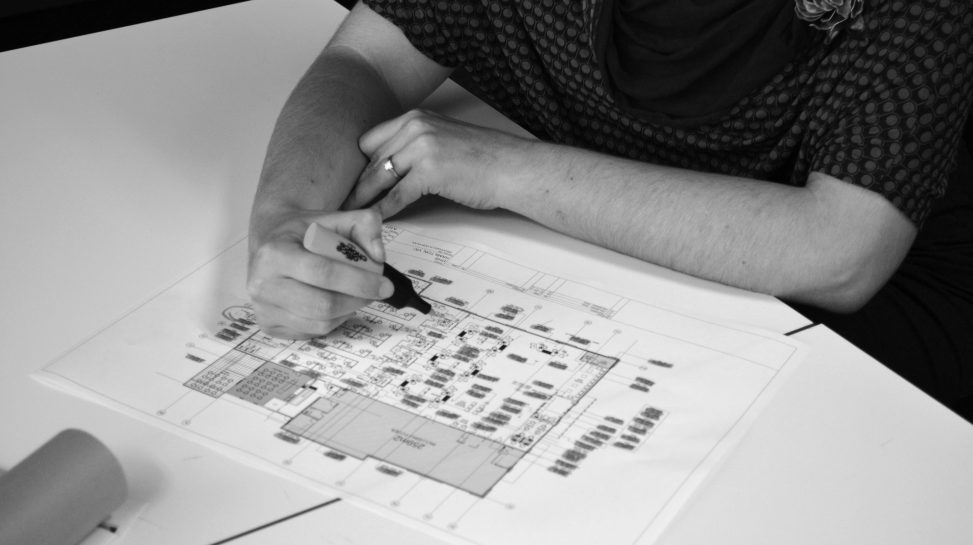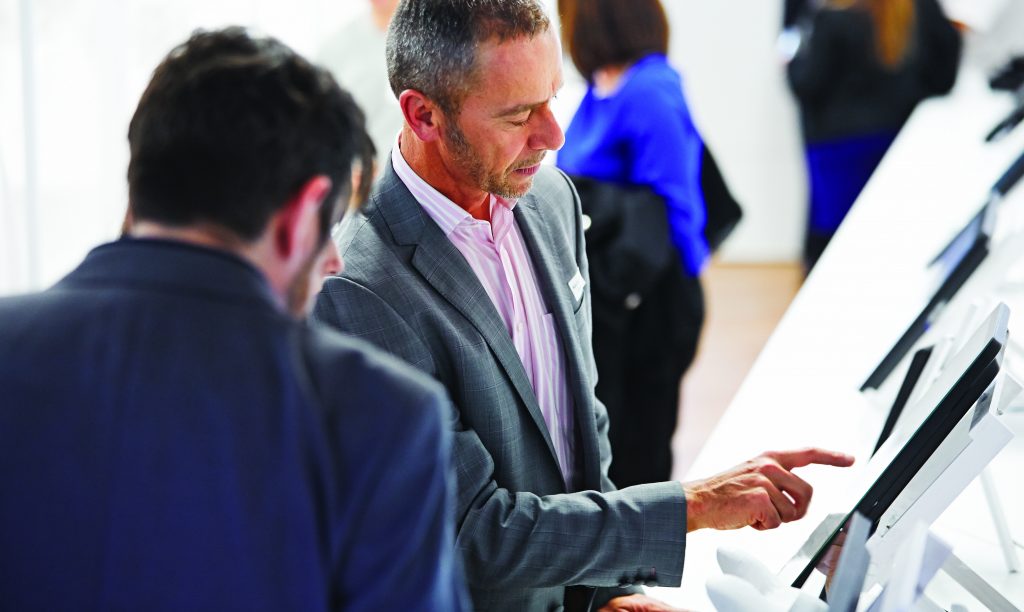Rather than reminiscing about the good ol’ days, we creatives should focus on the opportunities shaped by the modern commercial design environment. Red Design Group have a think about how we can harness digital technologies, current trends, and the ever-changing environment to support the next generation of designers and propel business opportunities.
Working within fast turnarounds
Thanks to ever-developing communication technologies, workplaces can now reach contacts at the touch of a button, click of a mouse, or tap of a screen. This has allowed businesses to become more efficient and profitable. However, it has also contributed to the rising expectation for instant answers. We need to find new ways to meet these expectations while providing a quality service. How? The time we have been able to save through technology should be put back into the research, reflection, and investigation stages of your work. Preparation is essential.
Adapting to technological change
In such a competitive landscape, it’s important to stay relevant through technology. Rather than simply only chasing trends, aim to create them. I know – it’s easier said than done! The first objective here should be becoming a thought leader by posting engaging, relevant, and informative content.
Doing great work
Creating meaningful, inspirational designs will always be at the heart of success in commercial design. Don’t lose focus of what your company is all about – creating magical environments. Technology will evolve, and the design process may change, but the challenge of consistently creating great work will always make or break a design agency. To ensure your company withstands the test of time, focus on what’s more important than ever: integrity, honesty, and originality.
Keeping it simple, stupid
Don’t get so lost in the glitz and glamour of innovative design that you forget the foundations of it all. Environments can be shocking, crazy, and modern, but only if they’re realistic and done well. Companies must be daring enough to be different, but any efforts will be wasted if the core values are lost.
Being multi-skilled
Gone are the days where fresh faces could be employed based on design expertise, creative thinking, and execution skills. Now, creatives are expected to boast the traditional artsy qualities PLUS be across all the latest technologies and disciplines such as motion graphics and interaction design. This relates to the growing number of agencies taking on a holistic, varied approach to design.
Cultivating human experience
Technology will continue to advance, and many skills will become redundant. The lines between technology, human experiences, and creativity will continue to blur. Designers must find new ways to create a customer experience through memories, stories, and innovation.
Nurture those face-to-face interactions
The internet has encouraged a workforce reliant upon email and social media for communication, which can block creativity and networking opportunities. Despite this, ideas are more efficiently explored and discussed in person, leading to solutions with higher impact. Don’t let one-dimensional communication lead to one-dimensional design.

The opportunity that is urbanisation
Developers are consumed with building sustainable communities. This has created the perfect podium for commercial designers to voice their specialist knowledge and opinion on a larger scale. Architects and designers should lead the sustainable design debate on future brick-and-mortar environments and shape the questions being asked around our cities’ future direction. We can use our imagination and specialist knowledge to inspire decision makers and engage with the local community.
In summary:
- Put more time into research, reflection, and investigation.
- Become a thought leader and dictate trends.
- Focus on key brand values: integrity, honesty, and originality.
- Don’t lose sight of the foundations of design.
- Multi-skill your staff for a varied approach to design.
- Create a customer experience through memories, stories, and innovation.
- Brainstorm and harness creativity using face-to-face interactions.
- Use urbanisation to your advantage by voicing your specialist knowledge.



Leave a Reply